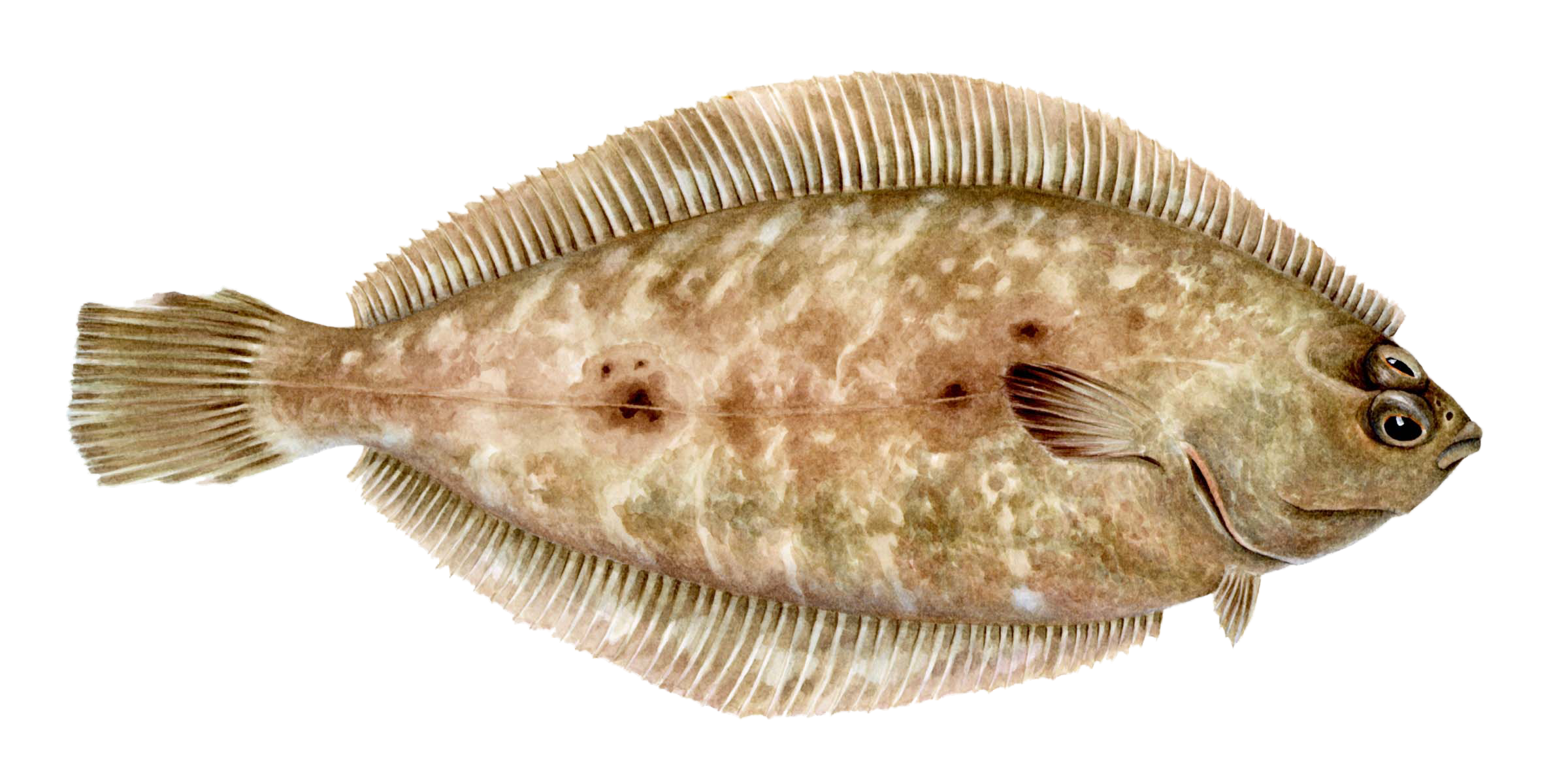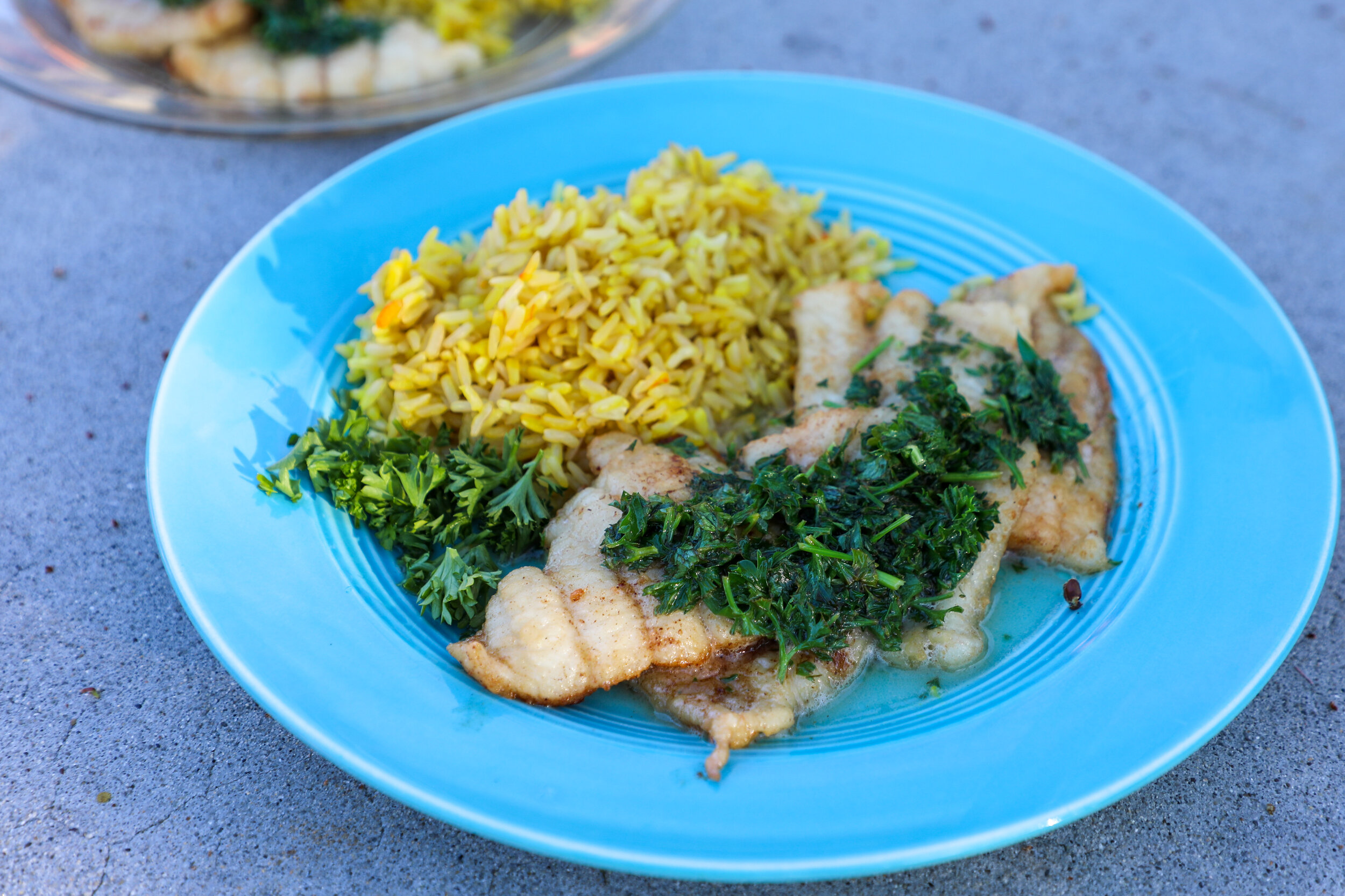Pacific Dover sole - What to know, when & where to get it
Photo courtesy of NOAA Fisheries.
Pacific Dover sole
(year-round)
Pacific Dover sole are flatfish that live on muddy and sandy bottoms along the continental slope from Baja Mexico to the Bering Sea. These abundant fish are rated “Best Choice” by the Monterey Bay Aquarium Seafood Watch throughout their range in the United States. Fishermen primarily catch Pacific Dover sole using bottom trawls. They have a brownish-drab coloring to help camouflage themselves on the bottom, protecting them from their main predators — sharks, sea mammals, Pacific cod, and arrowtooth flounder.
They bear similarities to their Atlantic namesake but are a different species. Their thin fillets carry a tasty mild, yet sweet, flavor and a firm, slightly flakey texture when cooked. While Atlantic Dover sole are a staple in many European kitchens, their cousins in the Pacific remain an often overlooked delicacy on the West Coast. They’re versatile and are perfect for the French classic sole meunière or battered and fried for fish tacos.
Buying Tips
• Ask for fresh, local Dover sole or buy it straight from local fishermen.
• Be adventurous and try using a whole Dover sole when available.
• Filets can be small and delicate so handle with care.
Seafood Illustration courtesy of “Monterey Bay Aquarium®
Dover sole Recipes
Pacific Dover sole meunière
(Monterey Bay Fisheries Trust)
Dover sole roulade
(Pacific Seafood)
Dover sole croquettes
(Real Good Fish)
More about Pacific Dover sole:
Dover sole: life, habitat, and management
Pacific Dover sole start their lives as eggs floating near the water’s surface where they hatch and remain in the upper water column feeding on larval crustaceans and plankton. After a year in the open ocean, they travel to deep water before moving inshore for protection. Once grown, they move to the ocean’s floor as deep as 4,500 feet.
Females grow faster and larger than males, reaching 30 inches in length, around 2 to 4 inches longer than males. But males can live up to 58 years, about five years longer than females. Their eyes are located on the right side of their heads and they have small mouths relative to their size. They feed during the day using both sight and smell for worms, bivalves, and small crustaceans.
The spawning season varies by location, but Pacific Dover sole typically move to depths of 1,440 feet to spawn with females, producing 52,000 to 266,000 eggs less than a tenth of an inch in size. The eggs are fertilized externally, and the life cycle starts again.
The Pacific Fishery Management Council manages Dover sole with annual catch limits and individual fishing quotas (IFQs).
Source: NOAA Fisheries
Where & When to Find Pacific Dover sole
Fresh Pacific Dover sole are accessible year-round.
You can buy Dover sole directly from local fishermen off the dock, at local restaurants, grocery stores, and fish markets —check out our Local Catch page for more information, or check out our recipes page for tips on how to store, prepare, and cook Dover sole and other seafood.
Want a fun calendar to remind you of what is in season here in Monterey Bay? Download + print our seafood seasonality guide (downloadable pdf).




